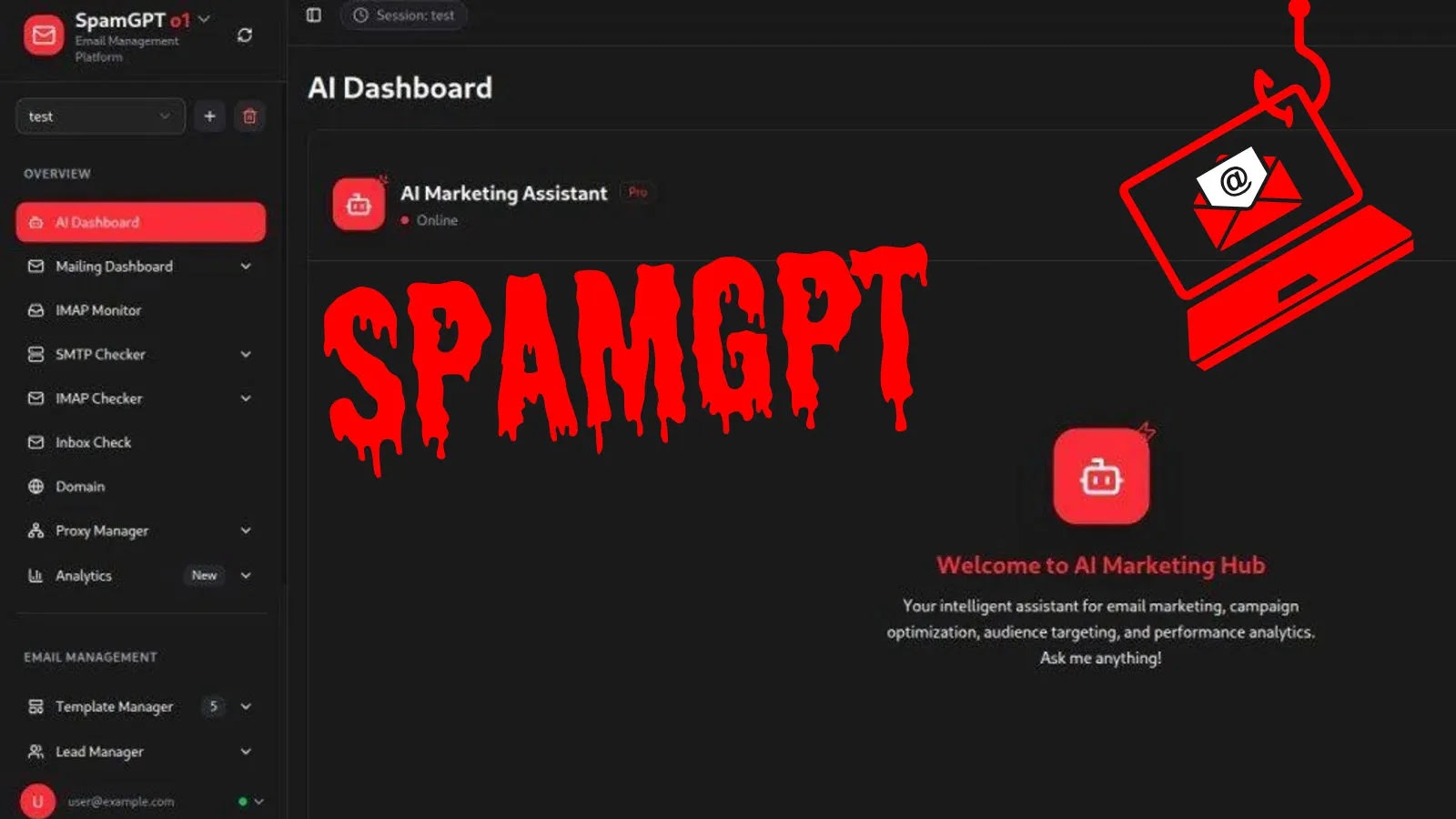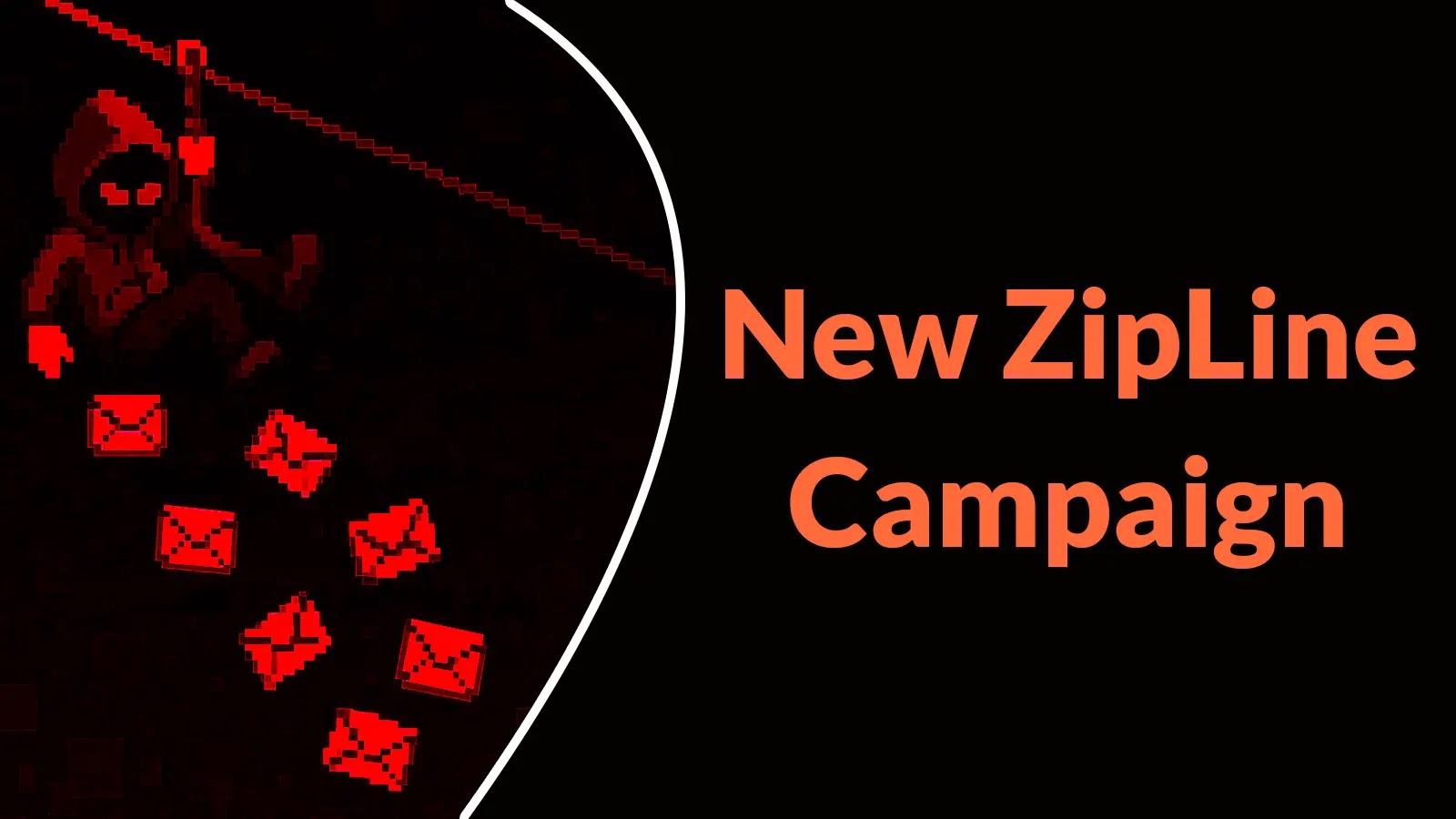In the ever-evolving landscape of cyber threats, a new tool named SpamGPT has emerged, significantly enhancing the capabilities of cybercriminals to conduct large-scale and highly effective phishing campaigns. By integrating artificial intelligence with advanced email marketing techniques, SpamGPT automates the creation and distribution of deceptive emails, lowering the technical barriers for malicious actors and increasing the sophistication of their attacks.
The Emergence of SpamGPT
SpamGPT is marketed on the dark web as a spam-as-a-service platform, offering a comprehensive suite of tools designed to facilitate fraudulent email operations. Its user interface mirrors that of legitimate marketing services, providing features such as SMTP/IMAP server setup, email deliverability testing, and campaign analytics. These functionalities, typically found in professional marketing platforms, have been repurposed to serve illicit activities, enabling attackers to manage and monitor their phishing campaigns with unprecedented efficiency.
AI Integration and Automation
At the core of SpamGPT is an AI assistant named KaliGPT, integrated directly into the platform’s dashboard. KaliGPT assists users in generating persuasive phishing email content, crafting compelling subject lines, and advising on targeting strategies. This AI-driven approach eliminates the need for attackers to possess strong writing skills, as they can prompt the AI to create convincing scam templates tailored to their objectives.
The platform emphasizes scalability, promising guaranteed inbox delivery to popular email providers like Gmail, Outlook, and Microsoft 365. It achieves this by exploiting trusted cloud services such as Amazon AWS and SendGrid to mask its malicious traffic, thereby increasing the likelihood of bypassing traditional email security measures.
Advanced Evasion Techniques
SpamGPT offers advanced features designed to evade detection and automate infrastructure management. For a fee of $5,000, users gain access to a training program on SMTP cracking mastery, teaching them how to compromise or create an unlimited supply of high-quality SMTP servers for sending spam. This empowers even individuals with limited technical expertise to conduct large-scale phishing attacks.
The platform facilitates sophisticated spoofing techniques, allowing attackers to customize email headers and impersonate trusted brands or domains. By using valid SMTP credentials and forged sender details, these emails can bypass basic authentication checks like SPF and DKIM, especially if the target organization has not enforced a strict DMARC policy.
Additionally, SpamGPT streamlines operations with utilities for bulk-checking SMTP and IMAP accounts, ensuring credentials are valid before initiating a campaign. It automates inbox placement tests by sending emails to designated accounts and verifying whether they land in the inbox or spam folder, enabling attackers to fine-tune their content for maximum effectiveness.
Implications for Cybersecurity
The advent of SpamGPT signifies a new frontier in phishing attacks, where automation and AI-driven content generation make malicious campaigns more scalable and difficult to detect. By packaging a powerful suite of features behind a user-friendly graphical interface, SpamGPT lowers the entry barrier for conducting sophisticated phishing campaigns. What once required significant technical expertise can now be executed by a single operator with a ready-made toolkit.
This development underscores the need for organizations to adopt multi-layered security approaches combining technology, user education, and rapid incident response capabilities. Strengthening multi-factor authentication systems, implementing advanced endpoint protections, and enhancing user awareness training are critical steps in combating the next generation of AI-powered phishing campaigns.



